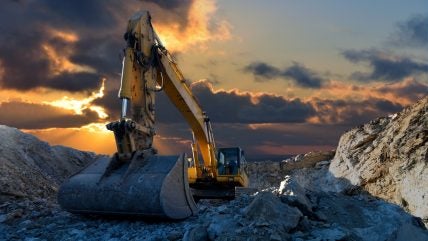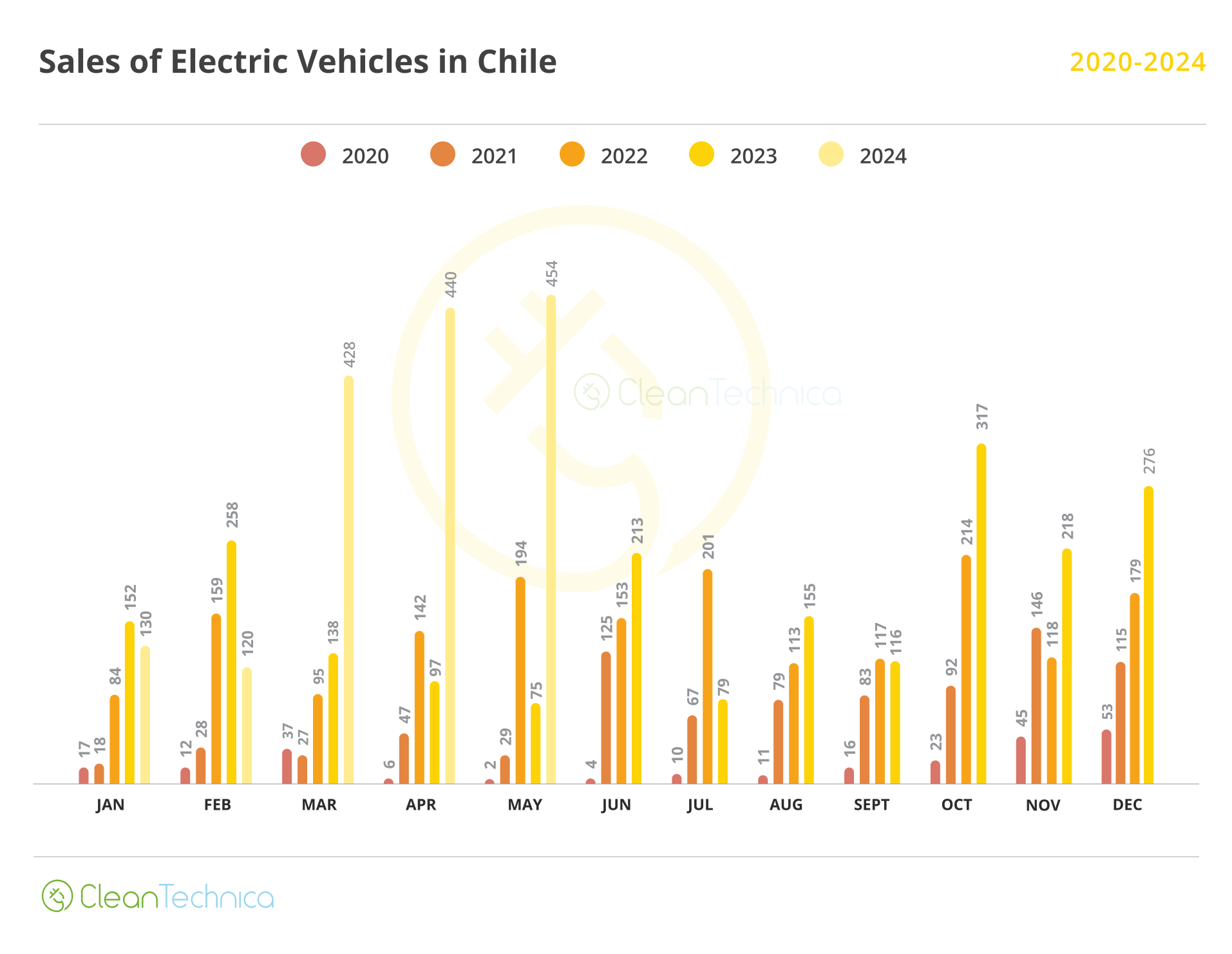BHP Australia president Geraldine Slattery has expressed concerns over the competitiveness of the Australian resources sector in her address to the American Chamber of Commerce in Australia.
Slattery touched on labour laws, taxes, and a dwindling talent pipeline.
The company is concerned about the Federal Government’s ‘same job, same pay’ reforms, which will require employers to pay labour hire workers the same rate as direct employees doing the same job.
Employers are worried the reform will further constrain an already tight – and expensive – labour market. This is particularly the case in the mining industry, where labour hire makes up a significant portion of the workforce.
BHP predicts that the reforms may harm its operations, including its Olympic Dam copper mine.
“We believe same job, same pay could increase the operating costs of our existing operations (in SA) by nearly $200 million per year and maybe up to $500 million in a worst-case scenario,” Slattery said.
“The hit to the value of any potential growth plans in SA could be anywhere up to $US2 billion (A$2.98 billion) and this would make it much harder for any South Australian investment case that has to compete with alternative options in other parts of the world.”
Slattery also Australia’s tax competitiveness has declined since 2015, with the country’s tax now the third highest compared to other nations in the Organisation for Economic Co-operation and Development.
BHP has been candid in its stance against Queensland’s controversial three-tiered coal royalties system, which hit producers with a 40 per cent tax on all coal prices of more than $300 a tonne.
The coal royalty system contributed to an enormous $12.3 billion in revenue and a record surplus to Queensland, giving the State’s recent budget the vitality it needs to tackle a range of cost of living issues.
But BHP and other miners argue it hurts the long-term competitiveness of the State.
“Stability and competitiveness in fiscal and policy settings will be incredibly important to Australia’s ability to secure new multibillion dollar, multi-decade investments,” Slattery said.
In the same address, Slattery touched on some of the labour issues faced by the industry in Australia.
“The number of mining engineering graduates in Australia dropped by 74 per cent between 2015 and 2022,” she said.
“Coupled with a shrinking talent pool, the cost of labour continues to rise in Australia.
“Australia has one of the highest labour costs in the world – around 12 per cent higher than in the US.”
Slattery also pointed out that despite the increase in costs, labour productivity has declined by eight per cent.
“Today, in the foothills of a critical minerals boom, Australia has high quality but immaturely developed resources, with a dwindling talent pool, and a less certain investment environment.
“We are at risk of losing our competitive edge, and with it our future prosperity.
“We need to find new ways of doing things, and work more closely together – across governments, industry, and business.”




